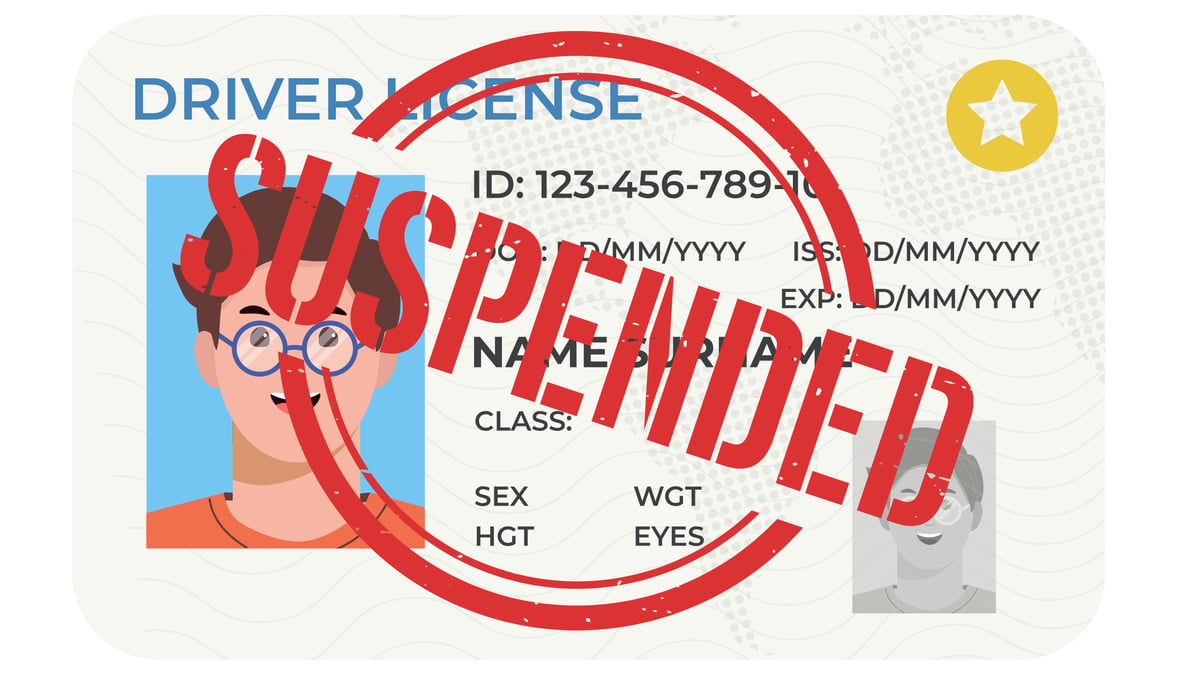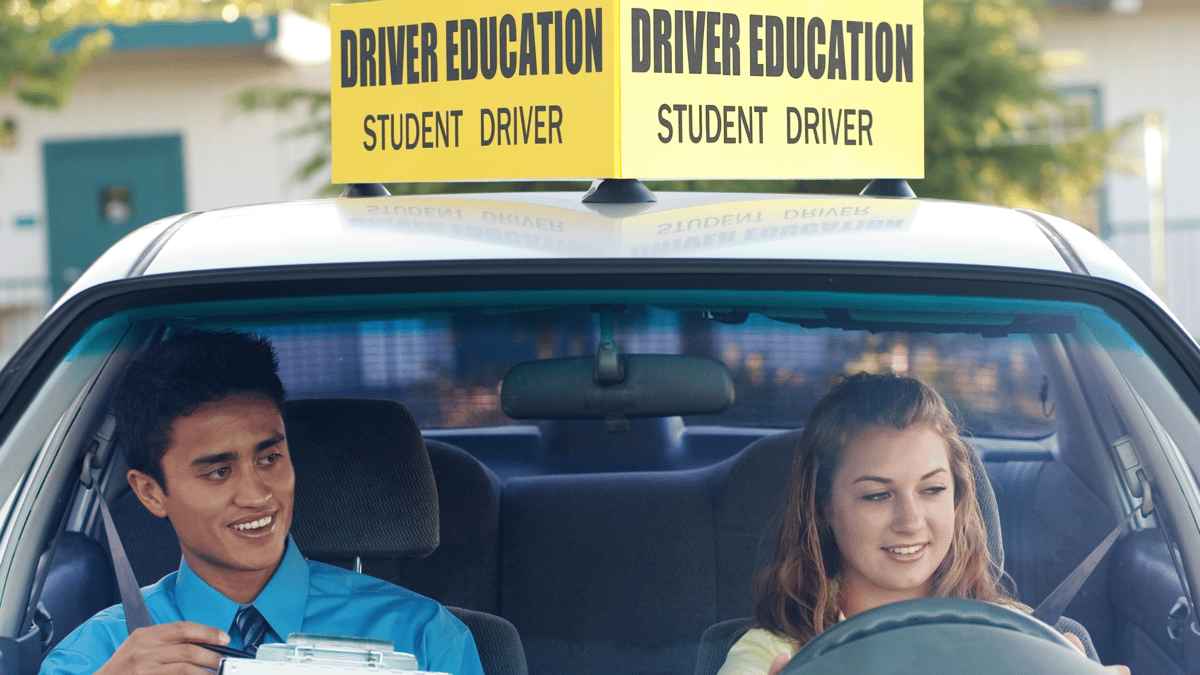Article
How to Reinstate Your Florida Driver’s License: Step-by-Step Guide

If your Florida driver’s license has been suspended or revoked, you’re not alone. You have support. And you have options. Many drivers find themselves sidelined by legal or administrative issues, but the good news is that reinstatement is often possible with a clear plan and the right documentation.
This guide walks you through the full Florida license reinstatement process: what to expect, how to prepare, and how to avoid common delays so you can get back to driving legally and confidently ASAP.
Steps to Reinstate Your Florida Driver’s License
To get your license reinstated, you’ll have to do more than pay a fee. It’s a multi-step process based on the reason for your suspension. Knowing exactly what to do (and in what order) can save you time, stress, and extra trips to the DMV.
Here’s a quick breakdown of the general steps to reinstate a suspended or revoked license in Florida:
- Identify the reason for suspension.
Find out why your license was suspended (such as a DUI, unpaid fines, or failure to appear in court). - Fulfill court or FLHSMV requirements.
This may include classes, fines, or waiting out a suspension period. - Obtain clearance documentation.
You’ll need proof that you’ve met the state’s requirements. - Pay reinstatement fees.
The amount varies based on your specific situation. - Apply for reinstatement.
Submit your application either online or in person.
Each situation is a little different, so the next few sections will help you dig into the details.
What Does License Revocation Mean in Florida?
Before you jump into paperwork or payments, it’s important to know whether your license was suspended or revoked. They’re not the same thing.
In Florida:
- A suspended license means your driving privileges are temporarily removed. You can typically get your license back once you meet certain conditions.
- A revoked license means your license has been canceled. You’ll need to meet eligibility requirements and reapply for a new license from scratch.
Understanding this distinction helps you follow the right process and avoid confusion when dealing with the Florida Department of Highway Safety and Motor Vehicles (FLHSMV).
Why Was My License Revoked or Suspended?
Your path to reinstatement depends heavily on why your license was suspended in the first place. Common causes include both civil and criminal issues—and often a combination of the two.
Some of the most frequent reasons include:
- Driving under the influence (DUI)
- Accumulating too many points on your record
- Driving without valid insurance
- Ignoring court dates or unpaid traffic fines
- Failing to pay child support
Once you understand the root cause, it’s easier to figure out what steps to take to resolve it and which documents to collect as proof.
How to Check Your License Status
Don’t guess. Get the facts. Before taking any action, verify your license status directly with the FLHSMV. The best way to do this is by visiting the FLHSMV Driver License Check portal.
With just your driver’s license number, you can find out:
- Whether your license is suspended or revoked
- The exact reason and corresponding statute
- What’s needed for reinstatement
This step gives you a full picture of what’s standing between you and your valid license, making it easier to create an action plan.
Fulfill All Legal Requirements
Once you’ve identified the reason for your suspension, you need to fix the issue. That often means completing specific legal or administrative steps—especially if the suspension is due to a DUI or other serious offense.
Some of the most common requirements include:
- Completing a 12-hour Advanced Driver Improvement (ADI) course
- Attending DUI school
- Paying court costs or fines
- Serving your mandatory suspension period
- Submitting proof of insurance with an SR-22 or FR-44 form
If you don’t complete all requirements, your reinstatement could be delayed or denied. Keep track of every course you complete and every payment you make.
Get Proof of Compliance
Once you’ve handled the requirements, you’ll need to provide documentation. The FLHSMV won’t take your word for it. They’ll need proof that you’ve completed what was asked of you.
This includes:
- Certificates of completion from required courses
- Receipts for paid fines or fees
- Court documents confirming compliance
Make sure all documentation includes your full name, your driver’s license number, and the date of completion or payment. Keeping digital copies can also come in handy during the application process.
Pay the Reinstatement Fees
Reinstating a driver’s license in Florida comes with mandatory fees. These fees vary depending on the type of violation, how long your license has been inactive, and whether you have multiple offenses.
Typical costs include:
- Suspension reinstatement fee: $45
- Revocation reinstatement fee: $75
- Administrative fee (for DUI or serious violations): $130
You can pay online through the MyDMV Portal, by mail, or in person at a service center. Be sure to confirm the full amount owed before submitting payment.
How to Apply for License Reinstatement
Once all steps are completed and documents are ready, apply for reinstatement. The FLHSMV offers two main methods: online or in person.
Online Application
The fastest way is often through the MyDMV Portal. Log in using your credentials, upload your documentation, and follow the prompts to pay your fees.
This method is quick and efficient, especially if your documentation is already on file.
In Person at a Local FLHSMV Office
If you prefer to speak with someone or aren’t sure whether your documents are correct, visiting a local FLHSMV office can help. Be sure to make an appointment and bring everything with you, including a photo ID and your paperwork.
Staff can review your materials and tell you on the spot whether your license is eligible for reinstatement.
Special Situations to Consider
Every case is unique. In some instances, you may need to go beyond the standard process.
Applying for a Hardship License
If you’ve lost your license due to DUI or another serious offense, you may qualify for a hardship license, which lets you drive to and from work, school, or medical appointments. These licenses require proof of enrollment in a treatment program or ADI course, along with a formal hearing request.
Dealing with Multiple Suspensions
If you’ve had more than one suspension or revocation, each one must be resolved separately. This can complicate things, but a legal professional or reinstatement specialist can help guide you through it.
Out-of-State Suspensions
You won’t be able to reinstate your Florida license if there’s a suspension in another state. You’ll need to resolve the issue with the other state first. Florida participates in the National Driver Register, so nothing slips through the cracks.
Don’t Wait, Start the Reinstatement Process Today
Getting your driver’s license reinstated may seem overwhelming, but it’s entirely doable with the right approach. Whether you’re dealing with a DUI, missed court dates, or a simple paperwork issue, the steps are clear and thousands of Florida drivers successfully complete them every year.
To recap:
- Start by checking your license status
- Complete all court or FLHSMV requirements
- Gather proof of compliance
- Pay your reinstatement fees
- Apply online or in person
Need help with the ADI course? Enroll now with American Safety Institute and take the first step toward getting back behind the wheel.



